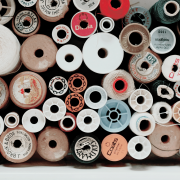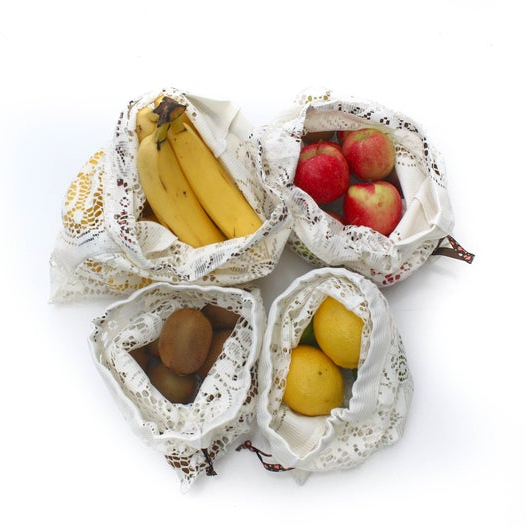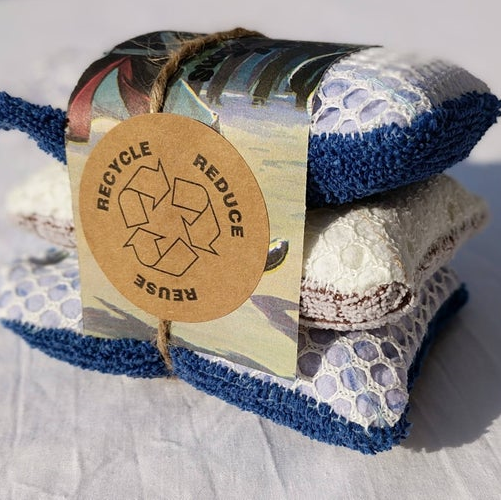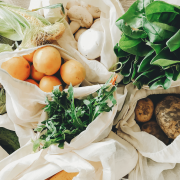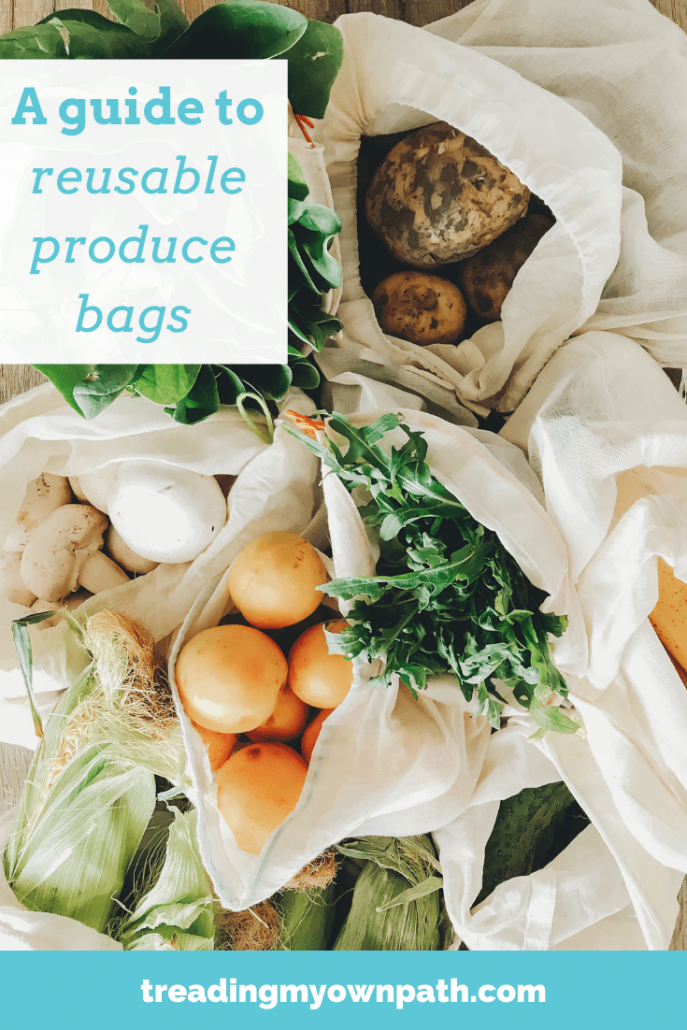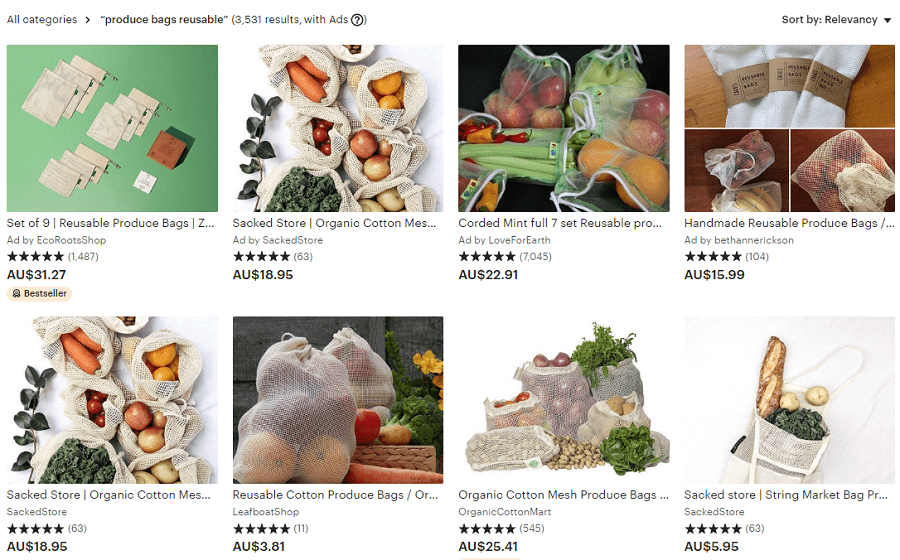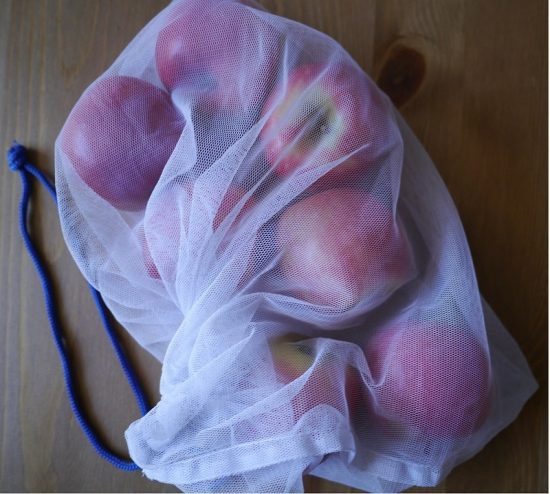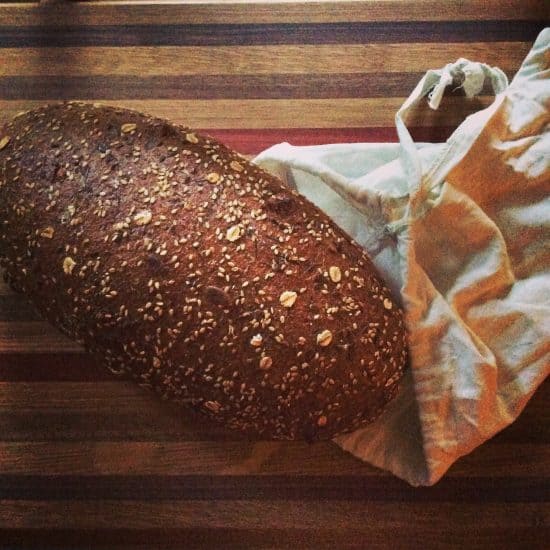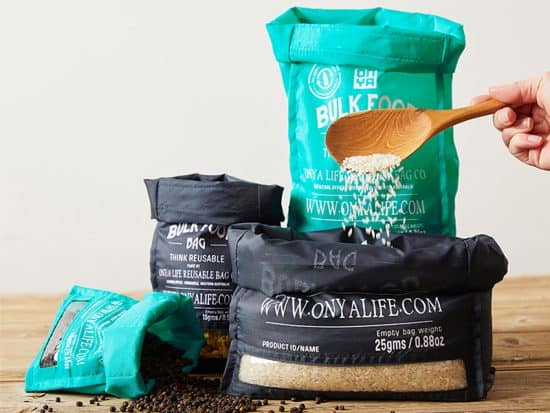Choose handmade: 5 zero waste items you don’t need to buy from big box stores
It is much lamented here that, whilst I’d love to be able to sew and crochet and craft, the reality is that I cannot. What I can do is support those people who do, and do it well.
If I had the choice of buying something locally made by a person whose name I know, over buying something mass produced in a factory and sold by a faceless corporation, I’d always choose the former.
It isn’t always possible or within my budget (bespoke furniture is very different from handmade hankies!), but where it is, I always try to support local and independent.
When it comes to reusables, there are plenty of people making great items, (bonus – often out of upcycled materials) and with a real focus on reducing waste at every step.
If you’re looking for some reusables to help you refuse single-use packaging and reduce your waste, I’d really encourage you to think about supporting small and independent businesses first. I’ve put together this list to give you some ideas.
As you know, I’d never encourage anyone to buy anything they didn’t need, so please don’t see this as a shopping list. You might not need anything, and I’m definitely not trying to persuade you otherwise! Instead, see it as inspiration, and be practical about what you really need. The best reusables are always the ones that are actually used.
This post is a collaboration with Etsy and contains affiliate links.
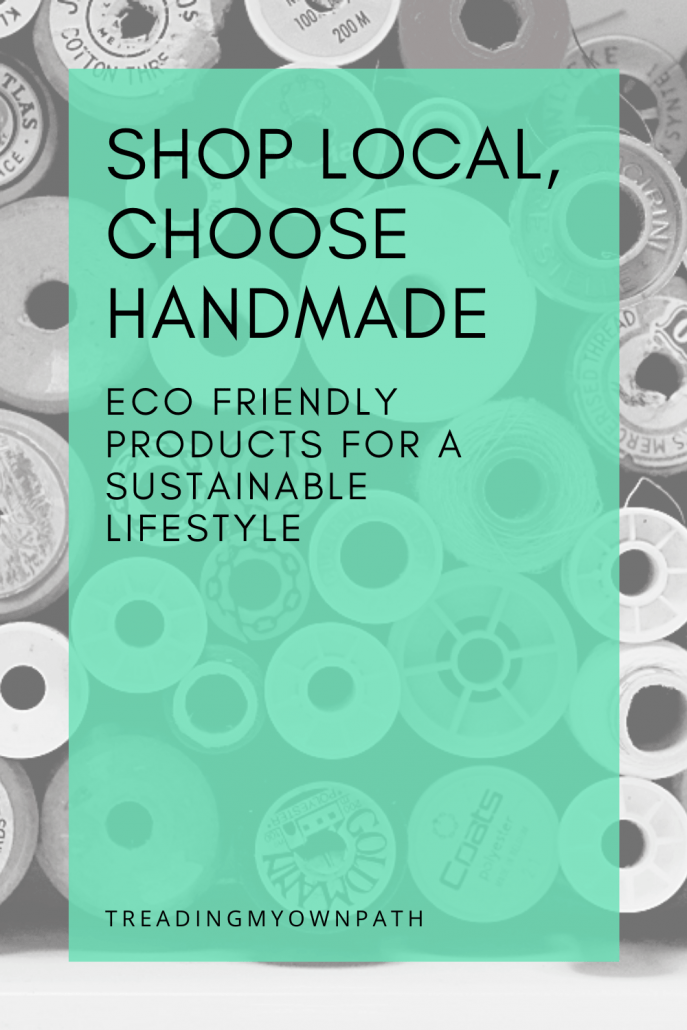
Reusable Produce Bags
There are plenty of reusable produce bag options, and I find different styles work for different needs. Mesh ones are great because they are see-though (handy at the checkout) but they aren’t going to hold sugar, flour or spices!
If you’re looking for upcycled fabric, there are plenty of people making produce bags out of old net curtains and upcycled lace. If you’ve got the choice, I’d recommend finding a local seller (that way, the carbon footprint will be lower).
Image credit: Stella Stellina
Unpaper Towel
Full disclaimer: this is not something that I actually use. I used to use paper kitchen towel wrapped in plastic back in the day, but never thought to track down a reusable version when I went plastic-free and zero waste. I just went without. Nowadays I make do with old kitchen towels, and it works for me.
But I know lots of people love paper towel, and if you’re not willing to give it up altogether, I do think unpaper towel is a great alternative.
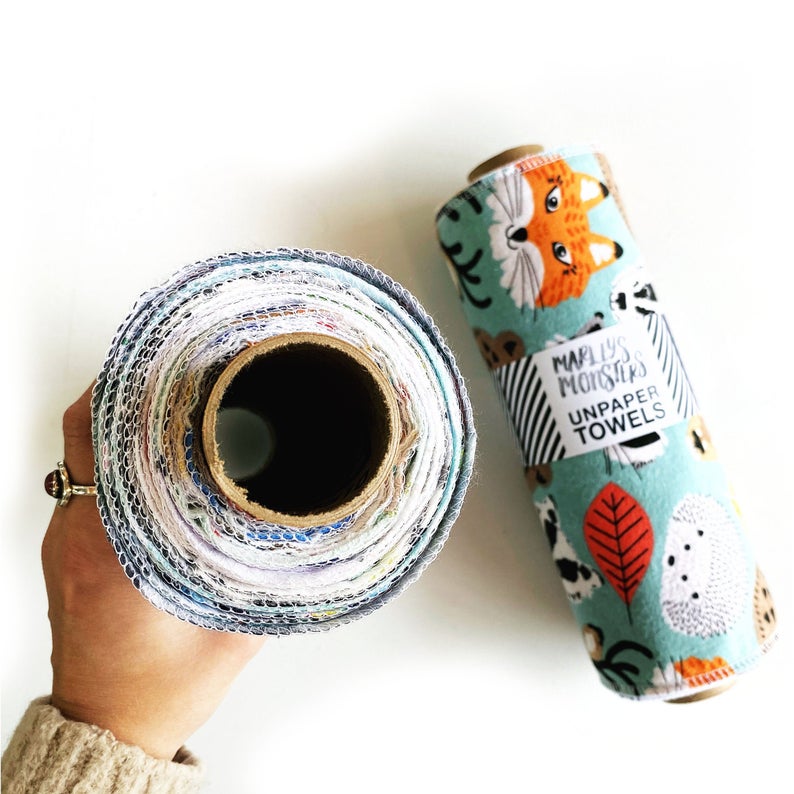
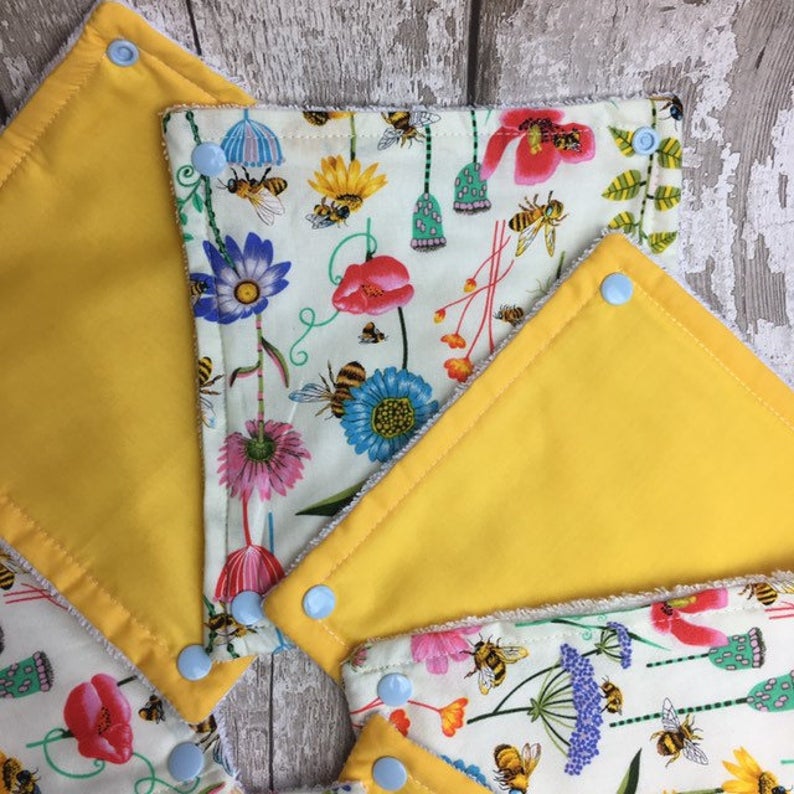
Some use cotton, others use fleece, some have poppers/snaps to keep them together, and of course all the sizes and ‘roll’ lengths vary, so think about what would be most useful to you.
Image credit (top): Marley’s Monsters
Image credit (bottom): Earth Kind Creations
Cleaning Cloths and Reusable Wipes
Continuing on the cleaning theme, there are plenty of people creating cleaning cloths and wipes out of repurposed fabric. (Sure, many are making products out of brand new fabric too, but my zero waste preference will always be old over new.)
If you don’t have old towels or other rags at home you can repurpose to make your own cleaning cloths, better to support independent makers than big pharmaceutical companies, in my view.
Image credit: Upcycled Creations CAD
Reusable Menstrual Pads
Reusable menstrual products are winners in every way: zero or very low waste, long lasting (meaning money saving) and much more comfortable than their single-use counterparts.
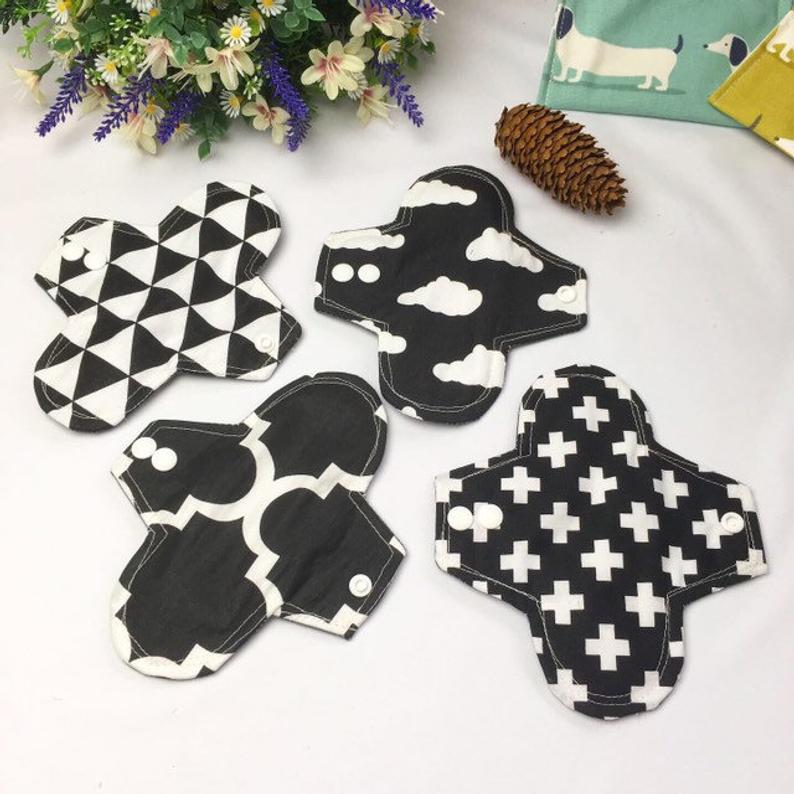
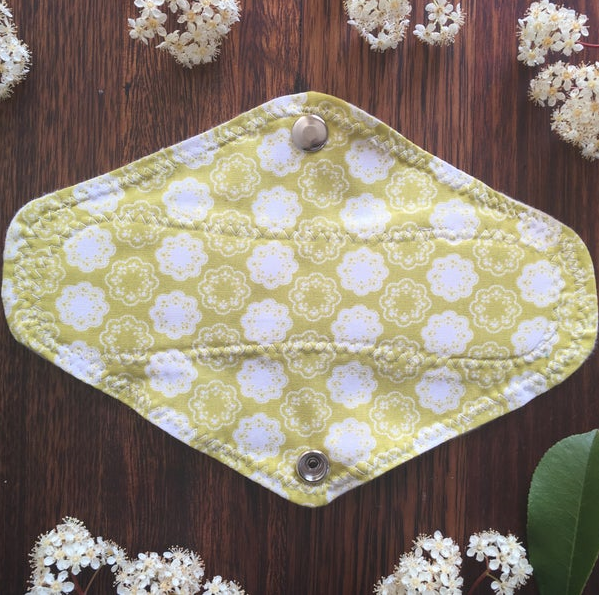
Reusable menstrual pads come in all shapes, sizes and absorbencies. Many will have a plastic PUL liner, but it’s possible to find completely plastic-free versions that even have metal poppers/snaps.
Image credit (top): Earth Kind Creations
Image credit (bottom): SnugglePot Cotton Pads
Natural Zero Waste Make-Up
I once attempted to make black eyeliner using a candle flame, a sieve and some almonds. It was very messy and my sieve took month to lose the charred evidence. Needless to say, I now prefer to leave to the experts.
Fortunately, there are two ladies making excellent products with natural ingredients and zero waste packaging: Danni from Dirty Hippie Cosmetics and Laura from Clean-Faced Cosmetics.
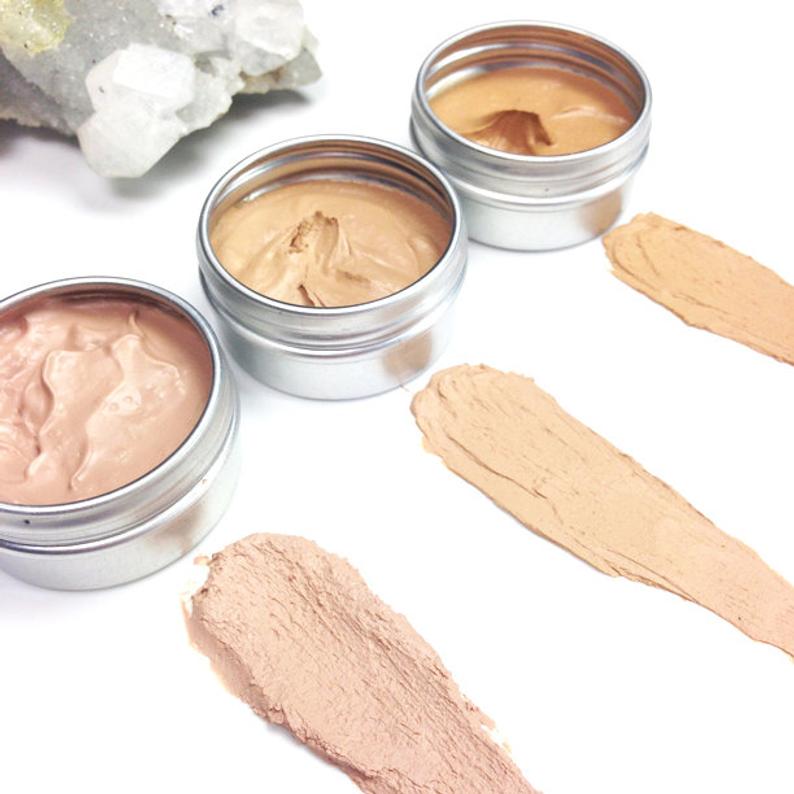
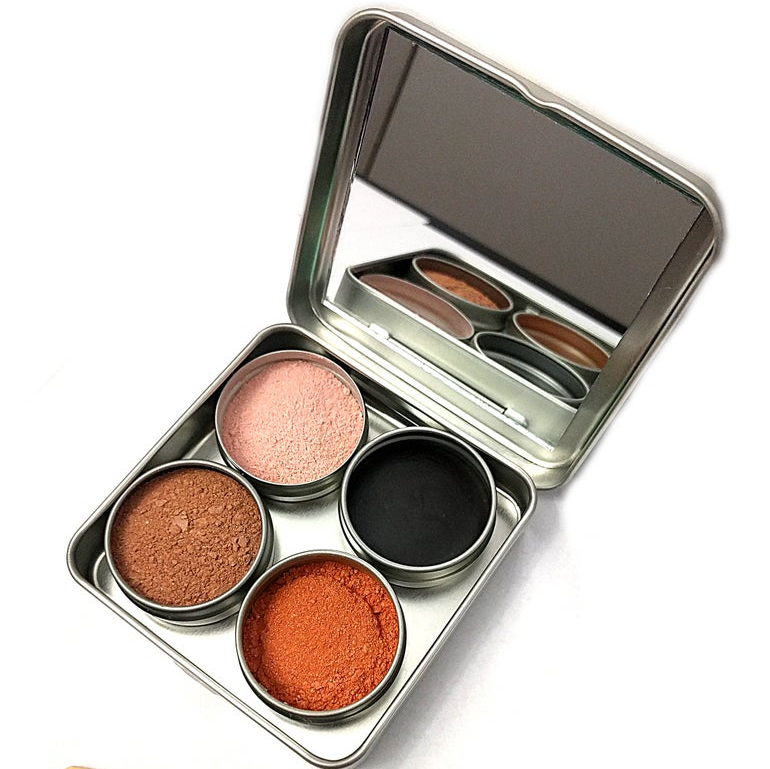
Both can send products without labels if required, will only send things like (bamboo) brushes if actually needed, and don’t use unnecessary plastic to package their products.
Image credit (top): Dirty Hippie Cosmetics
Image credit (bottom): Clean-Faced Cosmetics
If you’re in the market for reusables or zero waste items, the first thing I’d suggest is double-checking with yourself that you definitely need it, and definitely can’t make do with something you already have.
Once you’re sure it’s something that you need, check out local and handmade options and support small makers before you even put a foot in a big box store.

